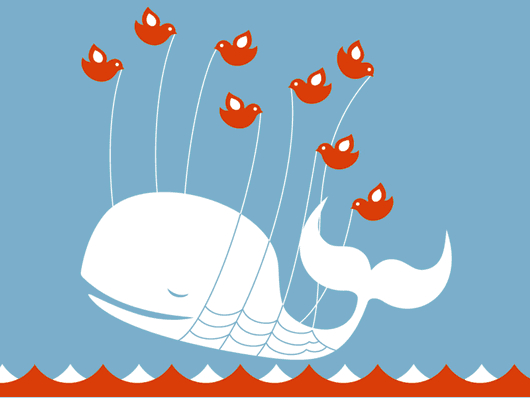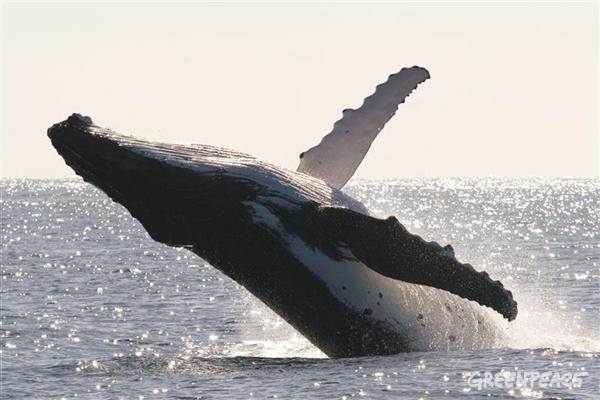Balleen Whales of the Internet Ocean
A few days ago, Facebook announced plans to construct a second data center in Prineville, OR. The expansion mirrors the user growth from 350 to 750 million, and the increasing server and storage requirements, with billions of photos uploaded every week.
Twitter, with a much smaller user base manages to rack up a billion tweets per week. Google has been indexing tens of billions of webpages for a decade or more, and can easily subsume the firehose of twitter data and incorporate it into search results.
Obviously for Google, Facebook and Twitter, an expansion is nothing like the traditional factory, assembly or warehouse model. It is about the ability to process and accommodate more data. Since they never charge users directly (and never will), they are usually called ad-driven businesses. While they often translate their services in terms familiar to ad buyers, they have built very innovative mechanisms by which they broker user engagement and attention to buyers.
It helps to think of these companies as the balleen whales of the Internet ocean.
A fin, humpback or blue whale gulps in ten thousand gallons of water as it dives and lunges through krill-rich waters. It spouts the water through its balleens, and ingests the millions of tiny krills and microscopic plankton trapped within. It does this a few times per dive, hundreds of dives per day, adding up to thousands of pounds of food.
If you think about it, that is an incredible amount of work. Dive, lunge, gulp, surface, spout, eat. Repeat. And it seems a bit tedious compared to the coordinated packs of orcas who hunt seals and otters. Regardless, the balleen whale approach is calorically efficient and ecologically successful. In fact, lunge feeding correlates with largeness.
To the whales that are Facebook, Google and Twitter, the billions of photos, links, videos, tweets, documents and webpages are as gallons of water to be gulped and spouted. Their techno-genetic adaptations to this environment take the form of MapReduce and Cassandra. The algorithms and ad platforms are the balleens to get the krills of monetizable attention.
Another way of evaluating fitness in the whale ecological niche is to look for the development of such unique adaptations. On that count, going by what is open-sourced and known monetization plans, Twitter is currently the weakest of the whales.

Obviously, whales can survive only at “scale”. A minnow cannot gulp enough water to find nourishment that can sustain even its tiny body.
Mapping the analogy back, small companies cannot monetize like Google or Facebook, but investors love whales. So, when VCs say thay they invest in people, they are looking for the embryonic startup that can grow into a whale of a company. And they are willing to gestate it with hundreds of millions of dollars.
As a founder of a two-person startup, it is worth checking within yourself if you have the vocation and the DNA to grow into a whale. If you do, the mechanisms and monetization will express themselves.
Inform Your Interests
Stay posted on stories, trends and topics of interest.
